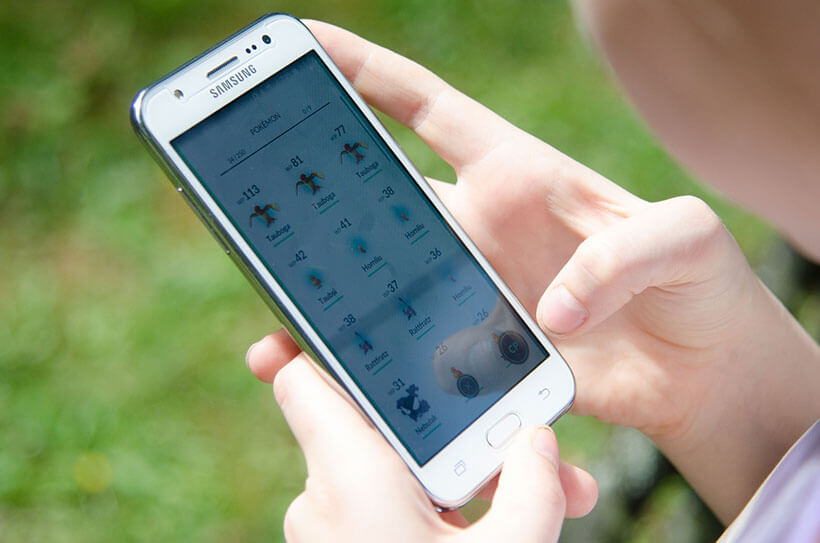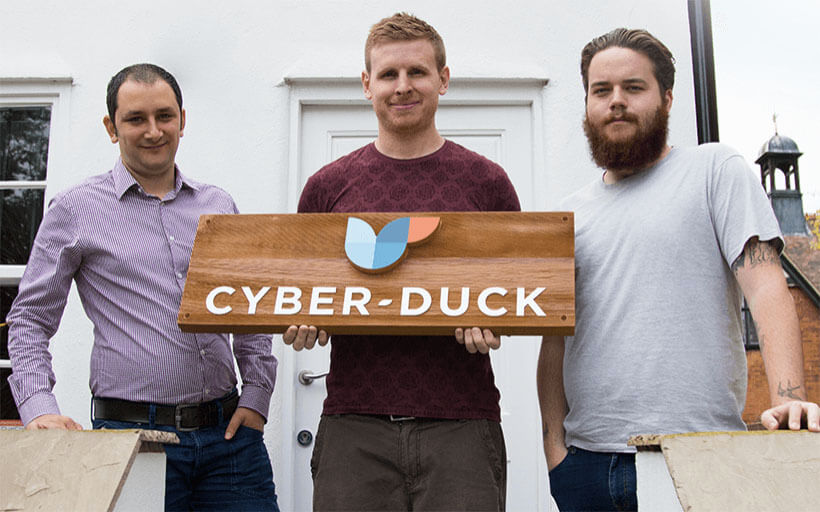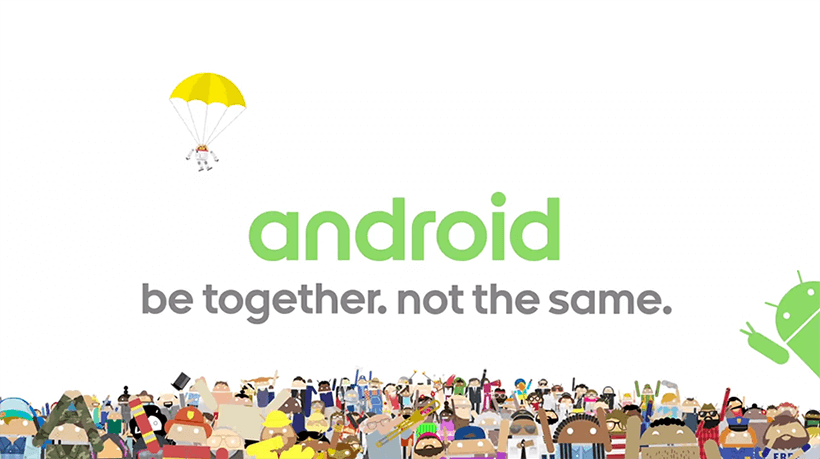Conceiving or updating a brand can be a daunting, difficult task. But with semiotics in your arsenal, you’ll be able to create a unique, engaging and compelling brand. In this article, I’ll explain what semiotics is and how you could use it in your branding strategy.
Semiotics is the study of signs, language and symbols. It focuses on how meaning is created, communicated and interpreted. As that sounds pretty esoteric, it's easy for some people to bypass the topic without much enthusiasm!
But signs and symbols have been used as cultural (and even universal) forms of communication since humanity’s humble beginnings. Symbolic communication ties in heavily with marketing and branding. It helps organisations send the right messages, tap into the right emotions and identify with consumer needs.
Why Is Semiotics Powerful?
As we've seen, humans are capable of finding patterns, signs and meaning in everyday life. These become ingrained in specific cultures. Semiotics connect with the human need to belong to ‘groups’, based upon the sign systems, language and culture they can relate to. Symbols have more than one meaning. They identify with different groups of people to produce an unlimited number of interpretations and meanings.
Semiotics itself uncovers the action between the signifier and signified. The connection between the two is a form of communication. In my understanding, the sign sends a 'message' to the interpreter (or 'signified'), either consciously or subconsciously. This forges a connection that evokes feelings and meanings which the interpreter would associate with the sign.
For example, an olive branch held by a dove is synonymous with peace. Here, the dove and branch are the sign (or symbol), originally interpreted as 'peace' by people inspired by the Gospels' Holy Spirit simile and ancient Greek envoys. This was passed down to future generations.
How Can Brands Apply Semiotics?
If businesses adopt semiotics in their brand architecture, the possibilities are limitless. A brand itself is a sign. It was created with meaning and can be deconstructed and decoded. Once the codes are widely understood - again, subconsciously or consciously - they can become ingrained within society.
A brand is truly successful when it amasses a loyal following of people who feel they have ‘joined’ the brand. An easy example would be the ‘Mac’ vs ‘PC’ debate. Both brands are successful. But Apple have cultivated a culture that conveys innovation, creativity, knowledge and so on. If they identify with these traits, this messaging can influence people to purchase their products.
So it's clear that symbolic brand communication can grow your audience's association and engagement with your brand in a long-term, sustainable way. But how can you start building semiotics into your brand communication?
1. CULTURAL TRENDS
The best brands constantly evolve to influence (or even create!) culture, rather than just responding to it. Companies should conduct ongoing research to identify emergent cultural, social or technological trends. They can use this knowledge to adapt and communicate their brand identity, fuelling topical marketing tactics. Niantic's Pokemon Go is a fantastic example, as the app became a global phenomenon by tapping into the evolution of gaming.

Pokemon Go launched in July 2016, and quickly became one of the most used and profitable apps of 2016.
Nintendo’s augmented reality adventure game turns stereotypical gaming culture on its head. They encouraged gamers to interact with each other in the ‘real world’ and be physically active while playing the game. As a result, Pokemon Go has brought people together in ways digital games never have before. The proof can be found in cities across the world where people from all walks of life came together to catch Pokemon.
Originally, gaming culture was associated with the stereotypical ‘couch potato’. Niantic completely changed this stereotype by creating a new gaming culture. This merged our new health-conscious society with a generation of passionate Pokemon fans, gamers and mobile app enthusiasts. The creation of Pokemon Go is just one example of how branding is a holistic approach. Niantic incorporated the study of cultural trends and behavioural norms to develop and enhance the Pokemon brand towards a new trend and audience.
2. COLOUR
For a branding or rebranding project, logos are a great place to start integrating semiotics. Firstly, it's invaluable for choosing colours. Blues are associated with stability, calm, reliability and trustworthiness. That means it's a popular colour with financial businesses like Barclays, Halifax, RBS and American Express, to name just a few.
Generally, greens have connotations of health, ecology and peace. That's why this colour resonates with health companies like Natural Organic, environmental businesses like Environmental USA or even humanitarian organisations like Oxfam. FastCompany's infographic delves into the common associations with each colour and what they could mean for your brand.
Cyber-Duck's very own logo is perfect for an in-depth example of semiotic deconstruction. As I've mentioned, blue evokes stability, dependability and trust. It's often connected with the sky and water, which have their own symbolic meanings. The sky can represent possibilities, while water can represent adaptability. Both meanings reflect the digital age, which is agile, adaptable, progressive and full of possibilities.

The Cyber-Duck logo can be deconstructed using semiotics.
Obviously, these connotations also reflect our logo’s shape of a duck. Ducks can fly, swim, dive, walk and run (...waddle). They’re clever and curious creatures that can adapt to any situation. The different blues in the body of the duck correlate with the different specialities that make up our agency, combining to make a solid agile approach that contains UX, marketing, technical support and strategy.
Finally, the orange colour is vibrant and fun, combining the happiness of yellow with the boldness of red. It is exuberant and full of energy – much like our digital agency.
3. SHAPES
Semiotics also includes the shapes you choose for your logo. Shapes communicate emotion, highlight areas of interest and organise information.
Rectangles or squares are considered to be stable, familiar and represent solidarity, security and equality. This makes them a popular choice for financial institutions.
Circles represent a ‘whole’, relate to celestial objects or represent experience or warmth; examples of brands with circular logos include NASA, BMW and Johnson’s.
4. LANGUAGE
The language used also impacts upon brand identity. For example, Android’s slogan, “be together, not the same”, celebrates cultural diversity while retaining the power of connectivity and community.

Android’s slogan is a fantastic example of language semiotics.
While signs and language differ between cultures, Android is an example of how it is possible for brands to become a universal symbol. They did this through gaining insights into different societies and defining a language that really connects with different audiences.
Understanding through experience is a key aspect of semiotics, and is a statement which reflects Coca Cola’s success. Their latest tagline 'taste happiness' is all about reminding consumers how they feel when they drink coke. This instills in their audience the same happiness they associate with the bubbly brand.
Conclusion
Your marketing should be focused on understanding human experience and behaviour. Audiences love to create and find meaning. Thus, incorporating semiotics into your brand identity will allow your brand to be more memorable, identifiable and trusted. Take a look at our Branding expertise for further ideas!

